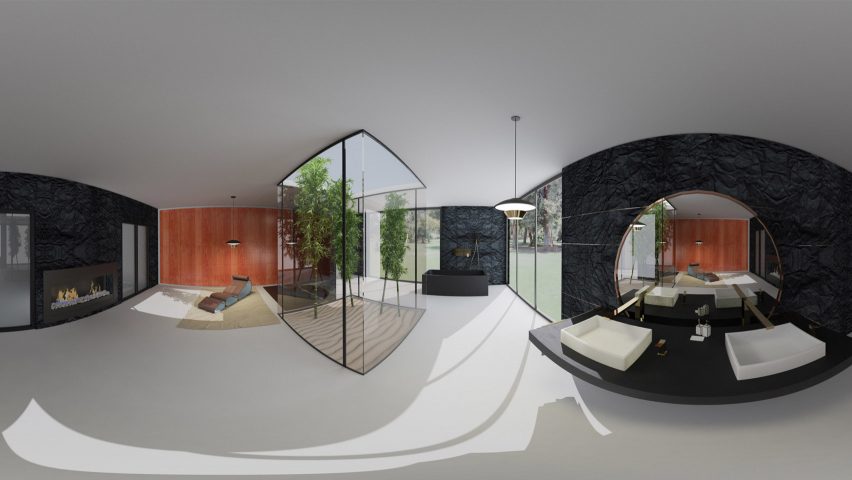
Natuzzi launches Augmented Store for VR furniture shopping
The Italian furniture brand Natuzzi has embarked on what it calls "a new era of advanced, white-glove customer service" by launching a virtual-reality shopping experience.
The brand's Augmented Store is part of its New York City Madison Avenue showroom. It enables customers to enter a digitally rendered version of their own home in virtual reality and decorate it with Natuzzi pieces.
Customers wear Microsoft's HoloLens 2 headset to interact with the environment, move products around, and change patterns and colours.
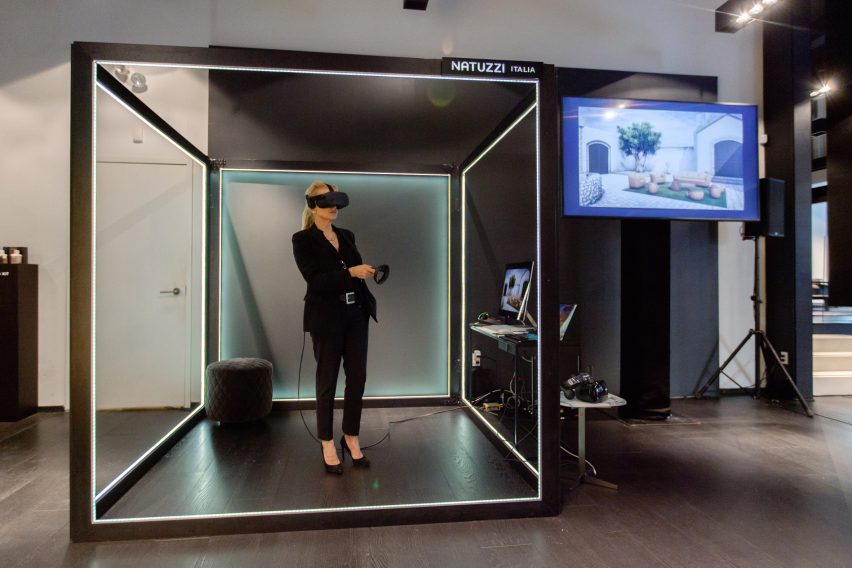
"It gives them a sense of place and mood that's almost as real as a physical furniture display, and the experience helps them form an emotional connection to their choices," creative director Pasquale Junior Natuzzi told Dezeen.
Based on testing, the company predicts that the deep level of engagement afforded by the Augmented Store will help reduce the brand's closing ratio by at least one-third.

It also expects that the roll-out of more Augmented Stores, which it expects to have in every Natuzzi shop worldwide by the end of 2020, will mean its physical showrooms can carry less inventory, and consequently take up less square footage.
With the reduced cost and space requirements, it could mean an overall expansion in the number of stores.
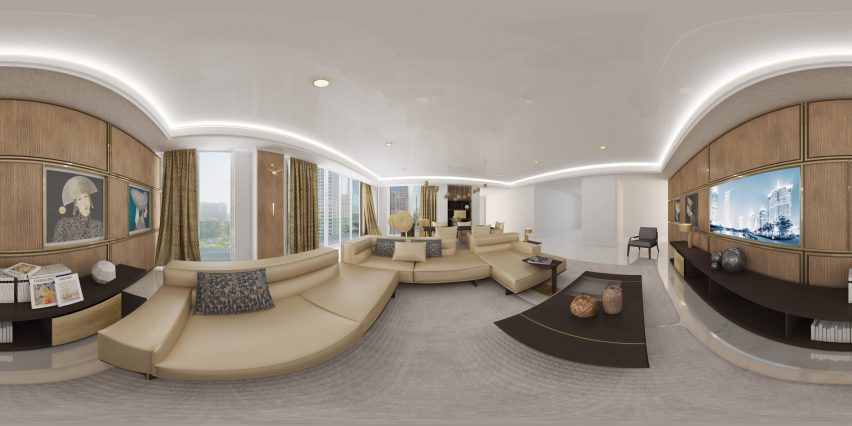
A few furniture brands have experimented with augmented-reality (AR) shopping, mainly younger players such as Opendesk but also the retail giant IKEA.
Natuzzi's Augmented Store includes a similar AR experience — customers can wear a headset at home to see furniture pieces overlaid holographically into their actual home environment, and experiment with colours and finishes that way.
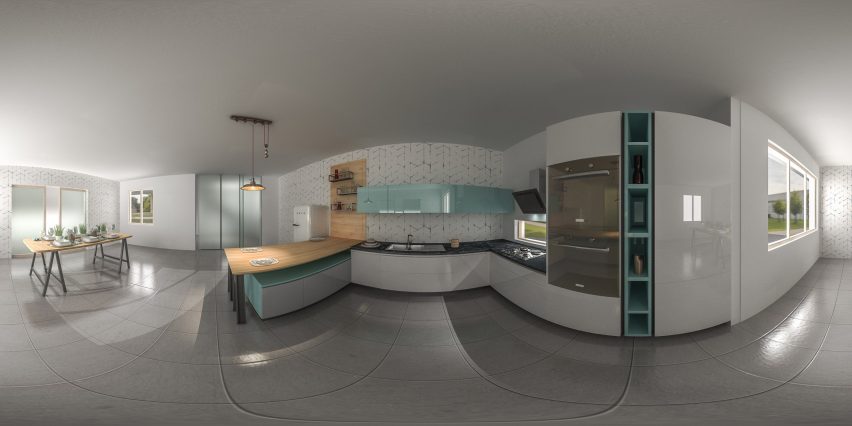
There's also a second AR feature, enabling customers to view a holographic scaled model on a tabletop, giving them a bird's eye view of a decorated space.
However, Natuzzi aims to go a step further in also offering a VR experience that fully immerses the customer in a digital world. To realise the person's home in VR, Natuzzi uses photographs, measurements and, optionally, CAD files, to produce a faithful 3D rendering.
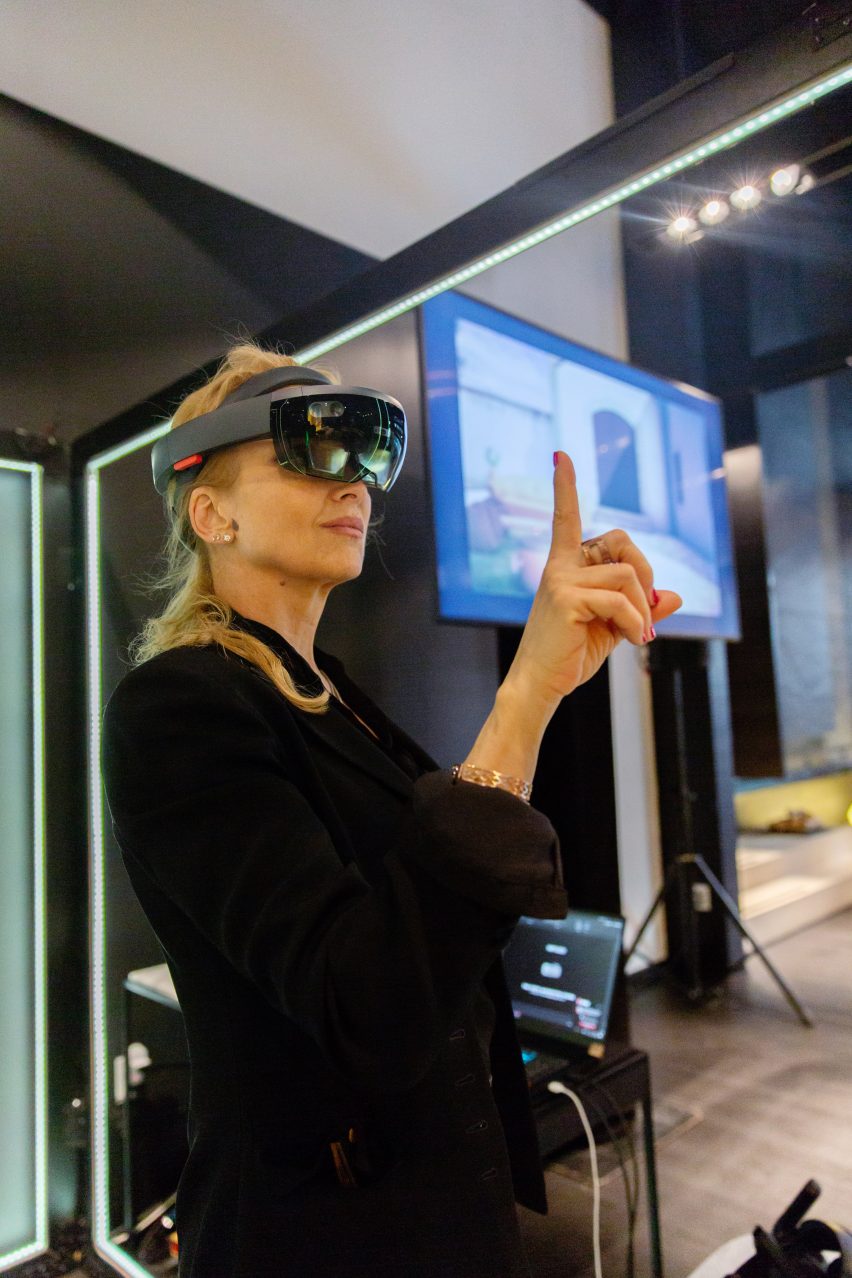
The focus here is on architectural elements such as walls, floors, ceilings, door and windows, but some important personal decor can be included as well. Natuzzi undertakes this process before the customer even comes into the store, and fully decorates the digital environment from its product library from the get-go to provide a starting point once they arrive.
The goal is to create an emotional connection and provide "advanced, white-glove customer service" that keeps people returning to the brand.
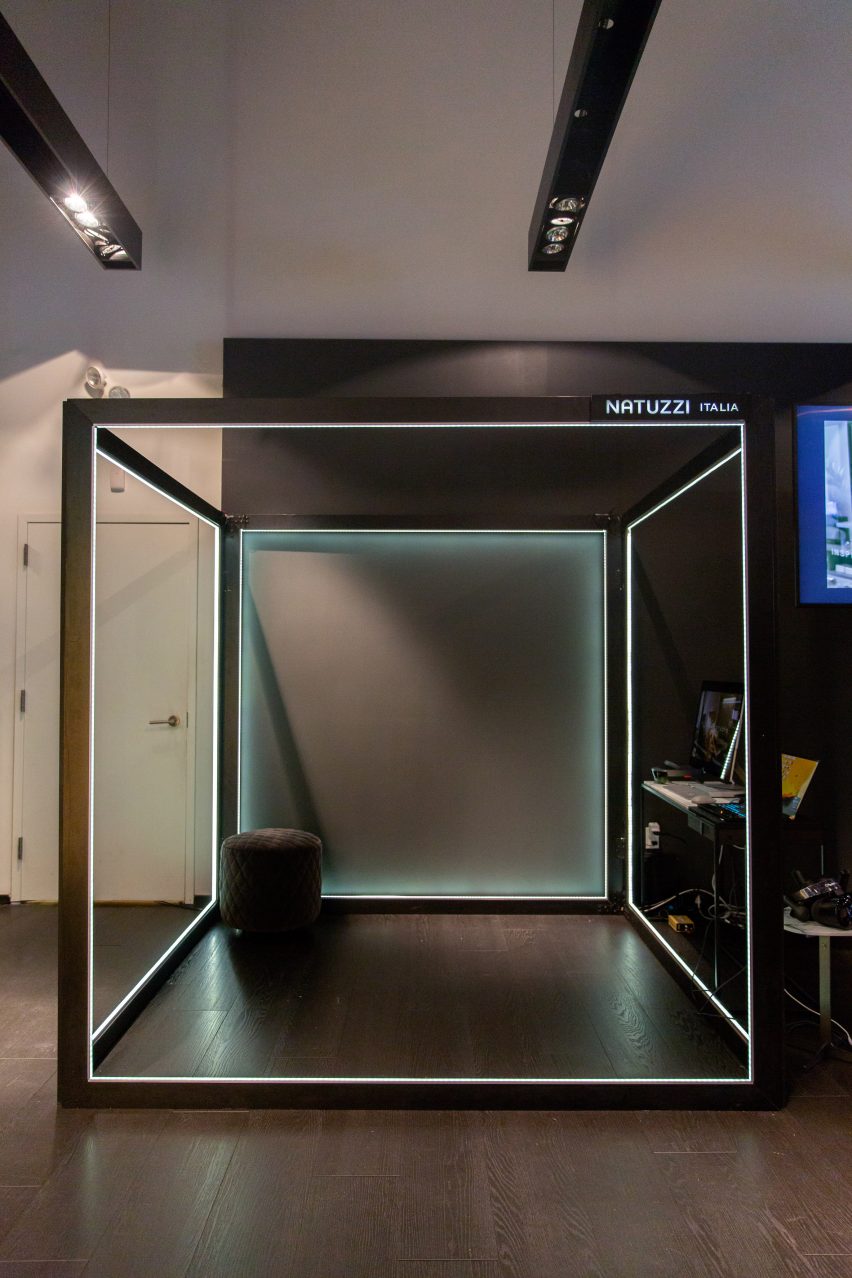
"Using a novel combination of existing retail processes and a range of technological solutions, we've been able to create a truly immersive experience for our clients which not only eases the stresses of purchasing but is also proving to be an experience that they really enjoy," Pasquale Junior Natuzzi told Dezeen.
Natuzzi worked with Microsoft and its mixed-reality partner Hevolus Innovation to develop the Augmented Store.

The brand, founded in 1959 by Pasquale Natuzzi, is Italy's largest furniture house. The company has been innovating and experimenting under the leadership of creative director Pasquale Junior, who is still in his twenties and took the reins of the company from his father last year.
Earlier this year, the brand launched its new Ergo collection made entirely of renewable and recyclable materials. It was designed by Ross Lovegrove, who praised Natuzzi's "young blood" and appetite for "doing things differently".